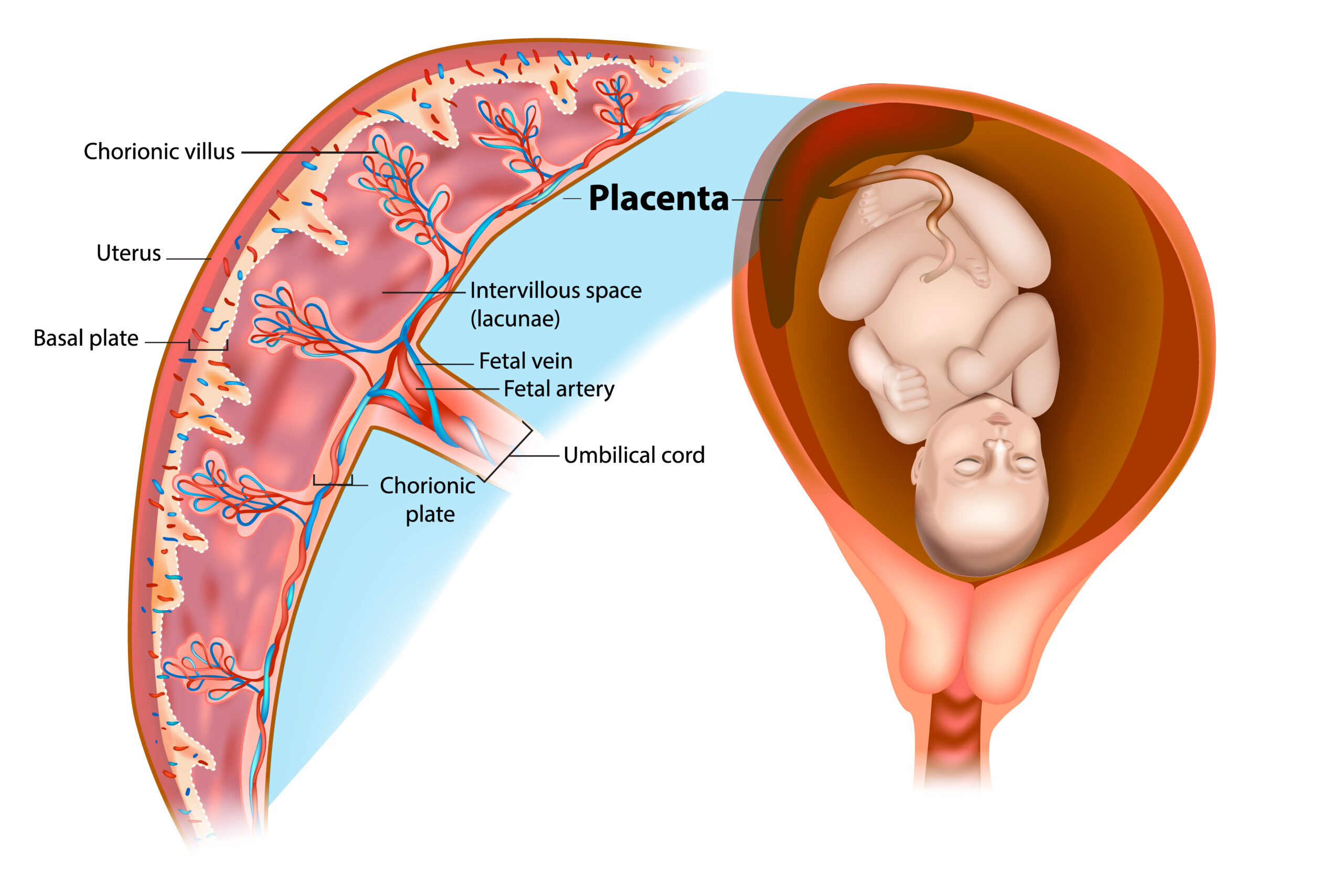Focus on Ventilation
Cardiac arrest in adults is most commonly caused by hypovolemia or arrhythmias triggered by existing heart disease. Poor blood perfusion to the brain causes the patient to lose consciousness and stop breathing.
Newly born babies typically have normal heart function. Hypovolemia and heart disease are rarely contributing factors in neonatal resuscitation. Neonatal resuscitation is primarily needed to correct the inadequate gas exchange of oxygen and carbon dioxide.
Key Takeaway
Respiratory distress and respiratory failure are the leading reasons neonates require resuscitation.
NRP emphasizes ventilation over compressions.
The placenta is the organ for fetal respiration. The exchange of oxygen and carbon dioxide between the fetus and the mother occurs at the placenta. When placental respiration fails, carbon dioxide builds up in the fetus. A rise in carbon dioxide elevates the blood acid levels (lowers the pH), pushing the fetus’s cells to function through anaerobic respiration.
Physiologic parameters that signify the fetus is in distress due to respiratory failure include changes in fetal heart rate variability, heart rate decelerations, and fetal activity changes.

The placenta provides oxygen and nutrients to the fetus.
If the infant is in an early phase of respiratory failure at birth, tactile stimulation may be enough to elicit spontaneous breathing. If the neonate has been in a prolonged period of respiratory failure by the time of delivery, the infant may require assisted ventilation with positive pressure ventilation. If respiratory failure is severe, the newly born’s myocardium may be severely affected. Chest compressions and medications such as epinephrine restore circulation and myocardial function.
When treating the newly born, it is difficult to know if they are in the early or late stages of respiratory failure at the time of birth. Therefore, the resuscitation team must be prepared for the worse scenario. The team must focus on establishing adequate ventilation as quickly as possible, usually via PPV.